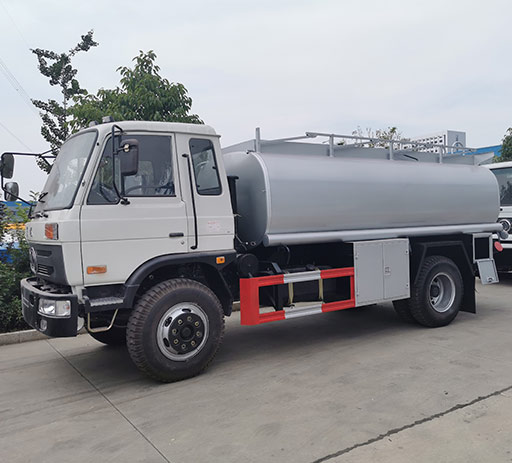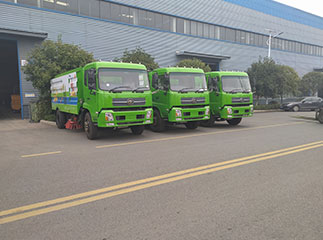Understanding the Differences Between LNG and LPG: A Comprehensive Guide

Liquefied Natural Gas (LNG) and Liquefied Petroleum Gas (LPG) are two popular forms of gas energy used in various applications from cooking to powering vehicles. In this article, we will explore the differences, uses, benefits, and downsides of LNG and LPG, giving you a thorough understanding of these important energy sources. By the end, you will be equipped to make informed choices about which gas type fits your needs best.
What is LNG?
LNG, or Liquefied Natural Gas, is primarily made up of methane (CH4) and is produced by cooling natural gas to -162°C. At this temperature, natural gas condenses into a liquid form, making it easier to store and transport. LNG is clean-burning and produces fewer emissions compared to other fossil fuels.
Properties of LNG
- Colorless and odorless
- Non-toxic and non-corrosive
- Highly efficient energy source with a high calorific value
Uses of LNG

Some common applications of LNG include:

- Power generation in gas-fired power plants
- Fuel for heavy-duty vehicles and ships
- Industrial applications
What is LPG?
LPG, or Liquefied Petroleum Gas, primarily consists of propane (C3H8) and butane (C4H10). It is produced during both natural gas processing and crude oil refining. Like LNG, LPG is also stored in liquid form, which makes it easy to transport and use.
Properties of LPG
- Colorless and has a distinct odor (often added for safety)
- Higher energy content than LNG on a weight basis
- Can be stored in pressurized tanks
Uses of LPG
Common uses of LPG include:
- Residential heating and cooking
- Industrial and agricultural applications
- As a fuel for vehicles
Key Differences Between LNG and LPG
While both LNG and LPG serve as energy sources, they possess significant differences.
Composition
| Gas Type | Primary Composition |
|---|---|
| LNG | Primarily methane (CH4) |
| LPG | Primarily propane (C3H8) and butane (C4H10) |
Energy Density
The energy density of LNG and LPG varies significantly:

| Gas Type | Energy Density (MJ/m³) |
|---|---|
| LNG | Approx. 1000-1200 |
| LPG | Approx. 2500-3000 |
Transport and Storage
- LNG: requires cryogenic storage tanks and is often transported as a bulk liquid in specialized LNG carriers.
- LPG: can be stored in pressurized tanks and is more versatile in terms of transport methods.
Environmental Impact
In terms of emissions, LNG generally produces fewer greenhouse gases during combustion compared to LPG. However, both are cleaner alternatives to coal and oil.
Practical Examples of LNG and LPG Applications
1. LNG in Power Generation
Many countries utilize LNG for electricity generation. Natural gas power plants can quickly ramp up production to meet demand, making LNG a flexible energy source.
2. LPG in Home Heating
Households often use LPG for heating and cooking in areas without natural gas pipelines, proving to be a convenient alternative.
3. LNG-Fueled Transportation
Some shipping companies have started using LNG as a fuel for their vessels due to its lower emissions compared to conventional marine fuels.
4. LPG for BBQ Grills
LPG is widely used in outdoor grills. Its portability and ability to ignite easily make it a preferred choice for barbecues.
Choosing Between LNG and LPG
Factors to Consider
- Availability: Check what is readily available in your area.
- Usage: Determine what you require the gas for—heating, cooking, or powering vehicles.
- Cost: Analyze costs associated with installation and supply.
Examples of Appropriate Gas Choices
- If you live in a remote area without pipelines, choose LPG for cooking and heating.
- If you are looking for cleaner power generation options, LNG is suitable.
Cost Considerations
| Gas Type | Typical Price Range per Gallon / Liter |
|---|---|
| LNG | $0.50 – $1.50 |
| LPG | $2.00 – $3.50 |
Note: Prices can vary based on location, supply-demand issues, and geopolitical factors.
Advantages and Disadvantages of LNG and LPG
Advantages of LNG
- Lower environmental impact.
- High efficiency in power generation.
- Suitable for large-scale industrial use.
Disadvantages of LNG
- High transportation costs.
- Requires specialized equipment for storage.
Advantages of LPG
- Widely available and easy to transport.
- Versatile applications, from domestic to industrial use.
Disadvantages of LPG
- Higher greenhouse gas emissions compared to LNG.
- Limited availability in remote areas in some regions.
Future Trends in LNG and LPG
The energy sector is facing changes as society shifts towards renewable energy. However, LNG and LPG continue to play a vital role in energy needs. Here are a few trends to observe:
- Increased investments in LNG infrastructure, particularly in developing countries.
- Growing focus on hybrid systems that combine LNG, LPG, and renewable energy.
- Innovations in cleaner combustion technologies for both LNG and LPG.
Frequently Asked Questions
1. Is LNG safer than LPG?
Both LNG and LPG have safety measures during storage and transport. However, LNG poses lower explosion risks due to its low density and rapid dispersion in the atmosphere.
2. Can LNG and LPG be used interchangeably?
No, LNG and LPG have different chemical compositions and applications, making them unsuitable for interchange use.
3. Is LPG more expensive than LNG?
Generally, LPG is more expensive than LNG, depending on the market dynamics in your region.
4. What are the environmental impacts of LNG and LPG?
LNG has a lower greenhouse gas footprint compared to LPG. However, both are considered cleaner fossil fuel alternatives to oil and coal.
5. How are LNG and LPG stored?
LNG is stored in cryogenic tanks, while LPG is stored in pressurized tanks, making them suitable for various applications.
6. Which gas is better for home use?
The choice between LNG and LPG for home use will depend on location, availability, and specific energy needs. LPG is commonly used in residential areas without pipelines.
